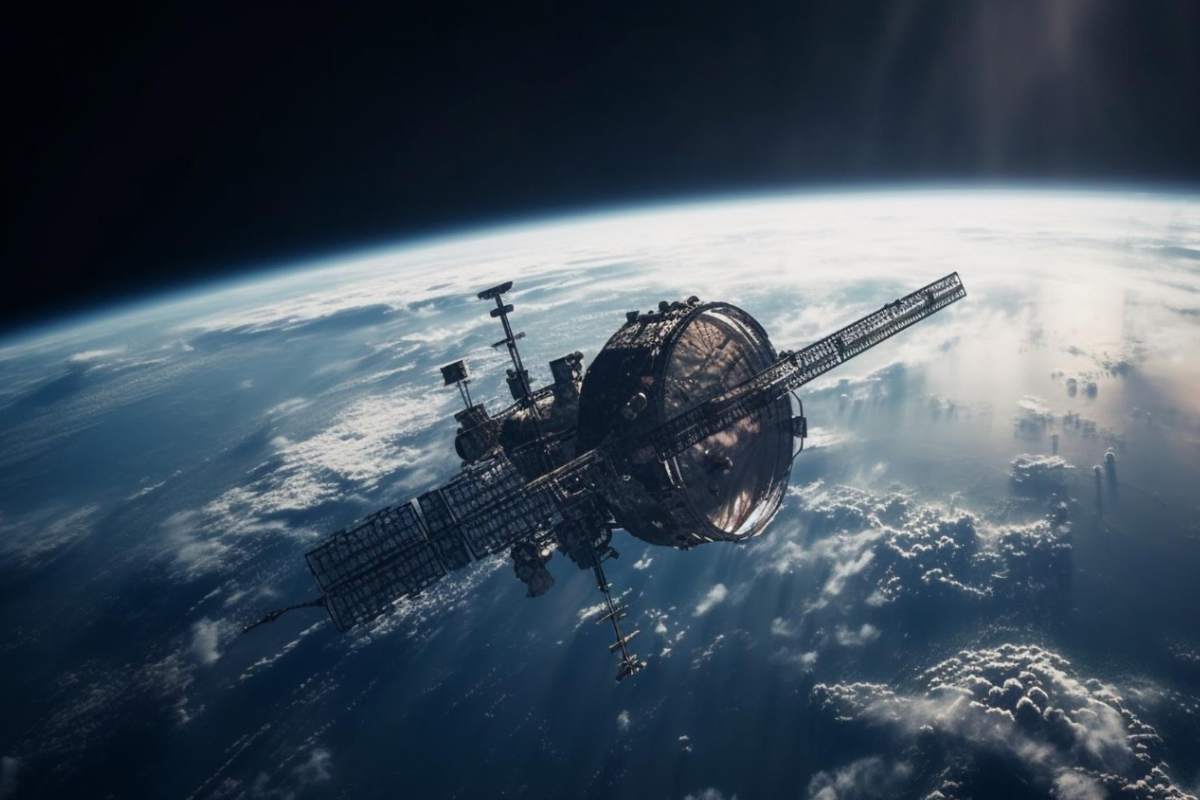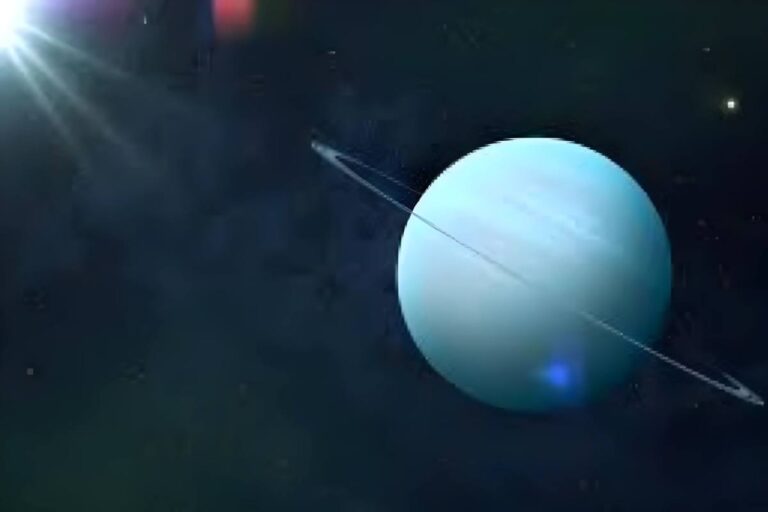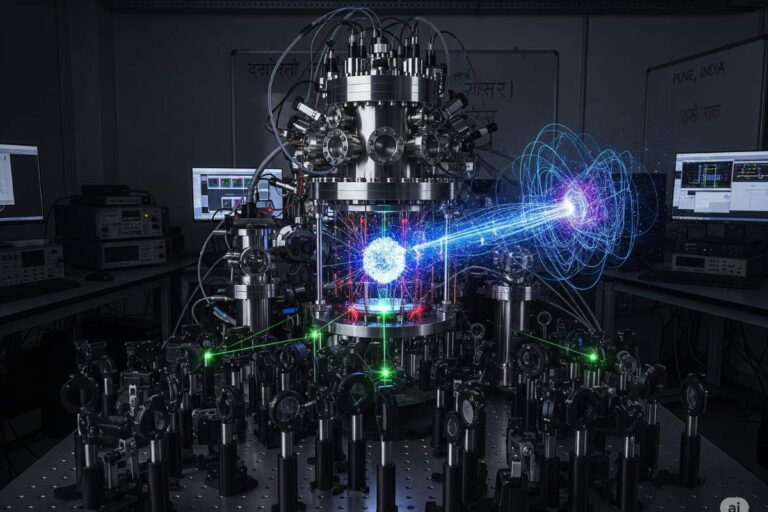Think about a space junkyard orbiting our world – that’s what space pollution is. There are millions of bits of rubbish, ranging from small fragments to dead satellites, hurtling around the Earth at mind-boggling speeds and threatening to bring our present and future space ventures to a tragic end. And with the dawn of ambitious space missions such as Elon Musk’s SpaceX, the problem is more serious than ever.
What’s the Big Deal about Space Junk?
Since the dawn of the space age, we’ve sent up thousands of rockets and left a trail of man-made objects. Our orbits now contain an estimated 34,000 objects greater than 10 centimeters in diameter, half a million between 1 and 10 centimeters, and more than 100 million smaller pieces. Even the smallest paint fleck can have devastating effects, traveling at orbital speeds of about 17,500 miles per hour.
The International Space Station has had to make emergency maneuvers to prevent collisions, which is the immediate risk. A broken window on the ISS from a small piece of debris impact illustrates how even the smallest fragments can have an impact.
The nightmare scenario? The Kessler Syndrome. A ghastly scenario where a single crash generates more debris, creating a domino effect that may render whole regions of space useless for future space travel and satellite launches.
SpaceX: A Giant Player and a Major Concern?
Elon Musk’s SpaceX is a leading player in space, particularly with its Starlink initiative to offer internet globally through an enormous constellation of satellites. With more than 5,000 Starlink satellites already in space and hundreds more to come, SpaceX is a big contributor to the number of objects in Earth orbit growing.
SpaceX intends to make its satellites re-enter and burn up in the atmosphere when they reach the end of their five-year life. They also point to the fact that they utilize reusable rockets such as the Falcon 9 to minimize debris. Nonetheless, the massive size of Starlink and the continuous process of launches and re-entries threaten to exacerbate both orbital debris and air pollution. The first stage of the Falcon 9 is reusable, but the upper stages remain discarded and contribute to debris.
The Environmental Cost of Re-entry
As satellites incinerate in the atmosphere, they emit metallic vapors and particles such as aluminum, copper, and lithium. Aluminum oxide, which is produced by the incineration of aluminum in satellites, is of specific concern. It may harm the ozone layer and the climate on Earth by changing the planet’s capacity to reflect sunlight. A single burned Starlink satellite would release approximately 30 kilograms of aluminum oxide. Scientists have already identified metal particles from satellite re-entries in the stratosphere, which means this pollution is occurring currently. Satellite debris re-entry by 2040 may be comparable to natural meteor dust, which could affect polar wind speeds and temperatures.
Rocket launches also pollute, releasing soot, nitrogen oxides, carbon monoxide, and other chemicals. Soot can lead to climate change and ozone depletion. Satellite megaconstellation launches and re-entries now account for roughly 12% of space industry-induced ozone depletion. Though the overall impact of the space industry is about 0.1% of anthropogenic ozone damage, it will increase as more satellites are launched. The accumulation of metal spacecraft in the stratosphere, as shown in a study by NOAA, threatens to undermine the ozone layer and climate stability. Suggested budget reductions to space pollution research are worrying our capacity for understanding and tackling these threats.
Safety Issues and Controversies
SpaceX’s swift expansion has not been without controversy. The FAA has looked into several SpaceX launches after explosions and debris scattering. Starship rocket explosions in January and March 2025 resulted in temporary groundings and investigations. Debris Response Areas were initiated, and air traffic was suspended in some areas due to falling debris. Elon Musk has frequently criticized the FAA’s regulations.
There have also been reports of SpaceX rocket trash landing on Earth. Early in 2025, trash from a Starship test fell in the Bahamas and the Turks and Caicos Islands. A Falcon 9 rocket stage crashed in Poland in February 2025. Trunk fragments from Crew Dragon have been discovered in Canada, North Carolina, and Australia, implying that they don’t always completely burn up as forecast. These objects, some of them big and heavy, are a potential hazard. NASA has recognized that SpaceX trash may not always break down entirely.
Astronomers are also concerned about light pollution from the massive Starlink constellation disturbing observations. Scientists and groups have voiced concerns over space pollution by organizations such as SpaceX. The global space community has criticized debris-causing anti-satellite tests, and even Musk has acknowledged that Starlink satellites need to be steered to the sides to prevent such debris.
What Can We Do About Space Junk?
Addressing space debris requires removing existing junk and preventing more from accumulating. Technologies like robotic arms, nets, harpoons, lasers, magnetic capture, and space tugs are being developed for Active Debris Removal (ADR). However, these technologies face challenges like high speeds, the need for precise tracking, and high costs.
SpaceX is developing solutions such as designing satellites for re-entry and outfitting them with autonomous collision avoidance systems. They also employ reusable rockets.
There are international guidelines for reducing space debris, including the UN’s Space Debris Mitigation Guidelines. Some organizations encourage best practices, such as the IADC. Agencies have tougher regulations, such as a five-year minimum for deorbiting satellites in low Earth orbit, implemented by ESA and the FCC.
However, current international guidelines are mostly voluntary, leading to inconsistent implementation. There’s a growing call for mandatory international laws and regulations to ensure a more unified approach to space debris.
The Cost of Doing Nothing
Space debris has major economic implications. Ensuring satellite survival calls for expensive shielding and collision avoidance maneuvers, which burn fuel and accelerate a satellite’s demise. Collisions can result in costly repairs, loss of services, or mission loss. NASA puts the global economic price of space debris-related problems at over $100 million in the initial year alone.
Investment in responsible practice and debris removal could have long-term economic returns. De-orbiting retired spacecraft quickly is also an economical means of risk reduction. Some have suggested charging an orbital-use fee to encourage responsible action and pay for cleanups. Even a market for recycling space debris and manufacturing in space is a possibility.
Looking Ahead: A Sustainable Future in Space
Experts concur that space debris is an emerging danger that needs to be addressed. Most feel that preventing new debris and actively clearing out old debris are essential. Recommendations include creating lighter, more agile satellites and greater use of reusable rockets. A fee for orbital use would promote responsible behavior. Planning missions with end-of-life disposal is also crucial. International cooperation and standards for cleaning up debris are necessary. Public pressure and demand for responsibility are also growing.
Space debris management is a global problem that needs the cooperation of all space-faring countries. There should be tighter, legally enforceable international laws on tracking, collision avoidance, and the removal of debris. An international space regulatory agency is promoted by some. The long-term vision is a sustainable circular economy in space with in-orbit refueling, satellite reuse, and debris recycling plants.
Conclusion: Acting Now for a Cleaner Space
Space pollution is a grave and increasing concern with serious threats to our space activities and the environment of Earth. SpaceX, being one of the major players, has an important role to play in overcoming this challenge. Although technologies for debris removal are under development, greater international cooperation and regulation are needed. Firms need to give top priority to debris mitigation, and we need to invest in research and sustainable practices to provide a safe and accessible space environment for generations to come and safeguard our planet.




















